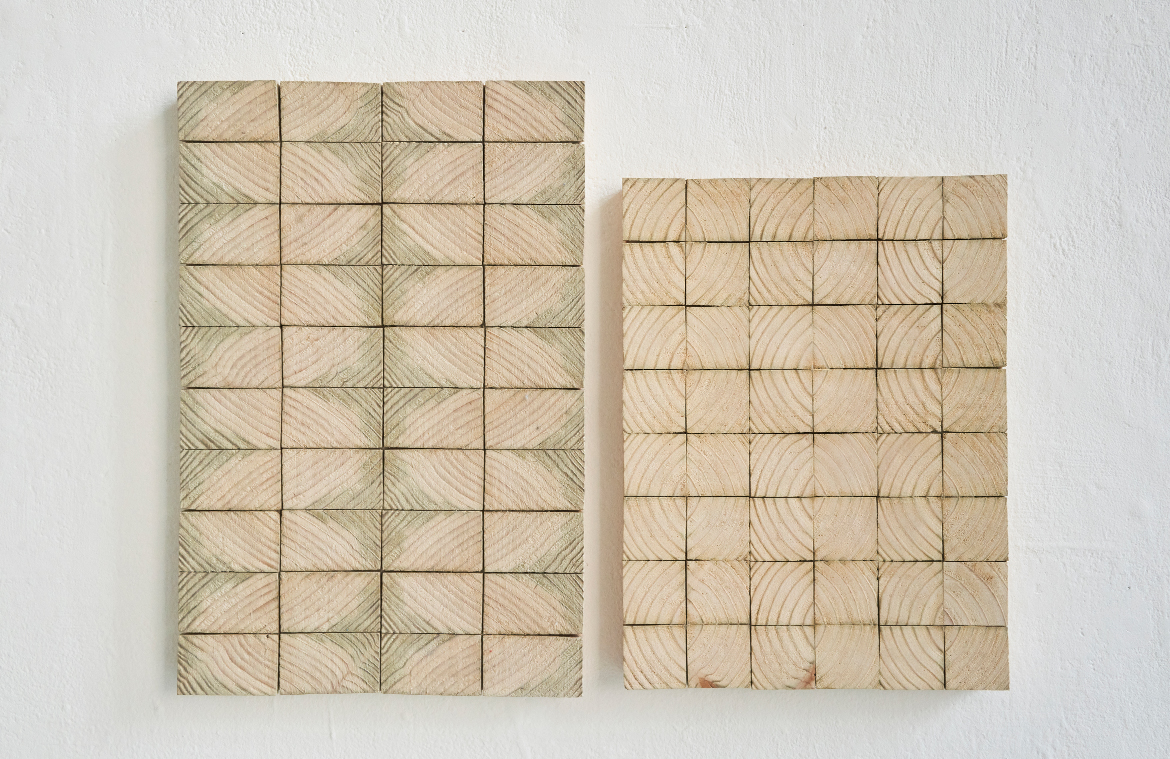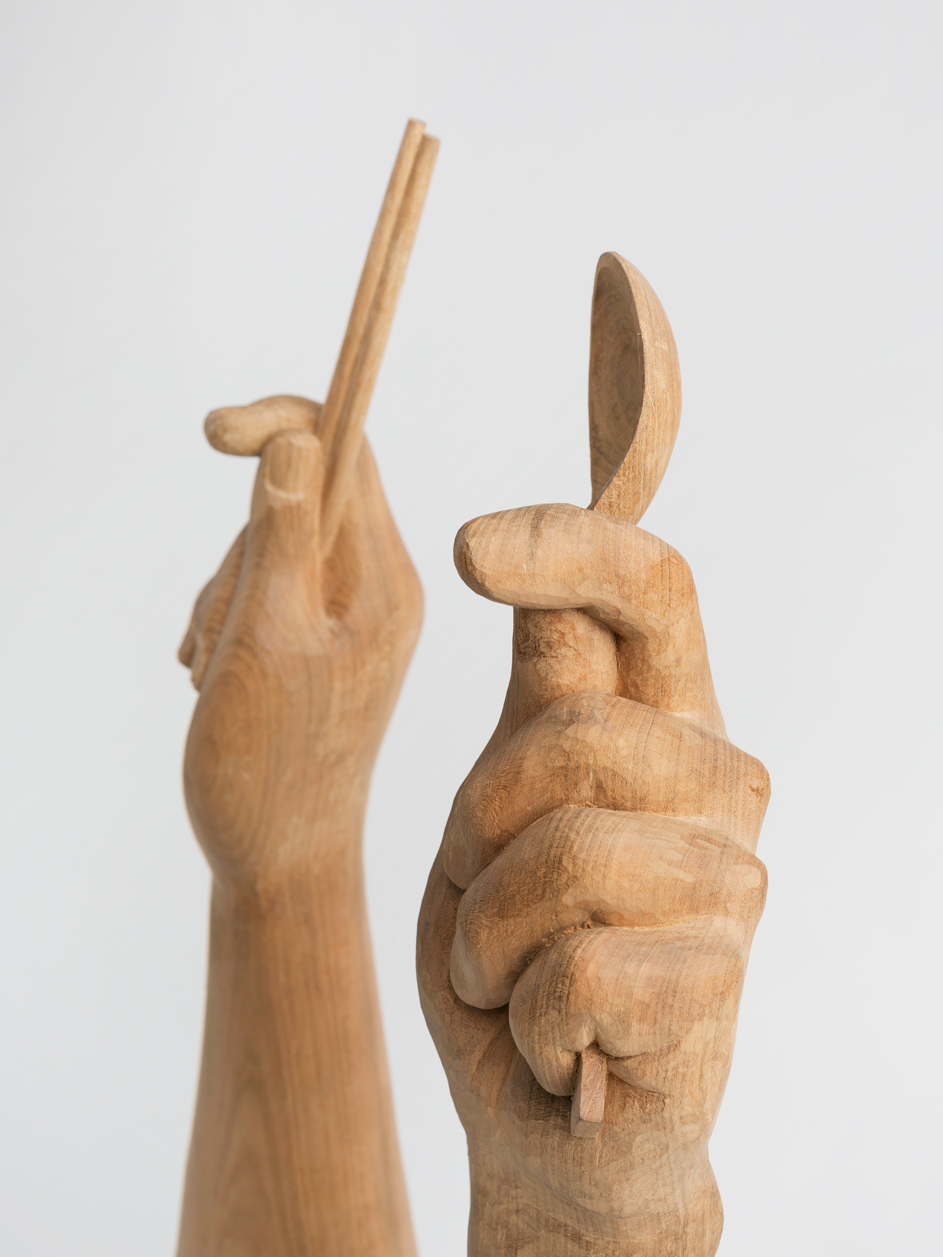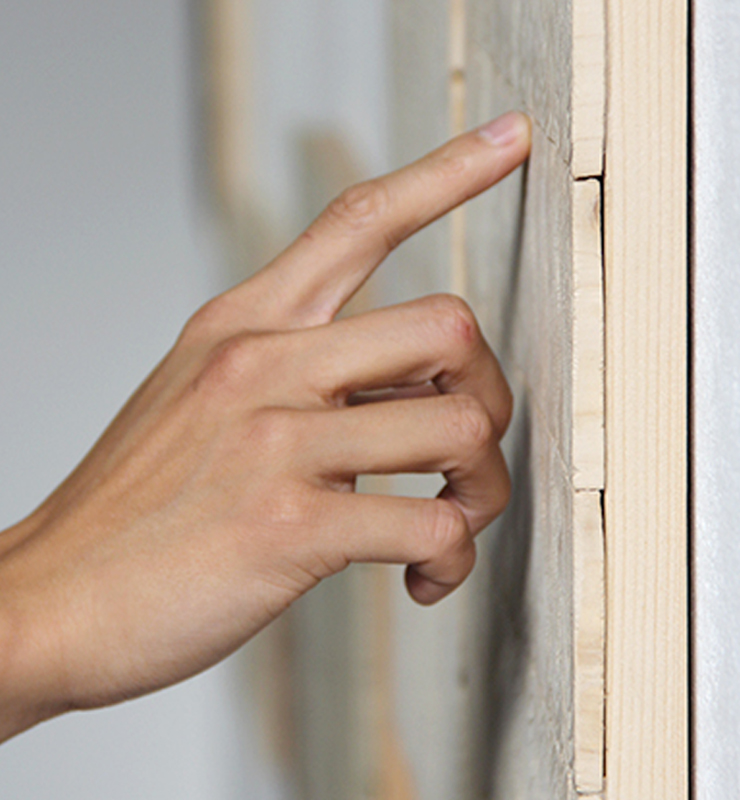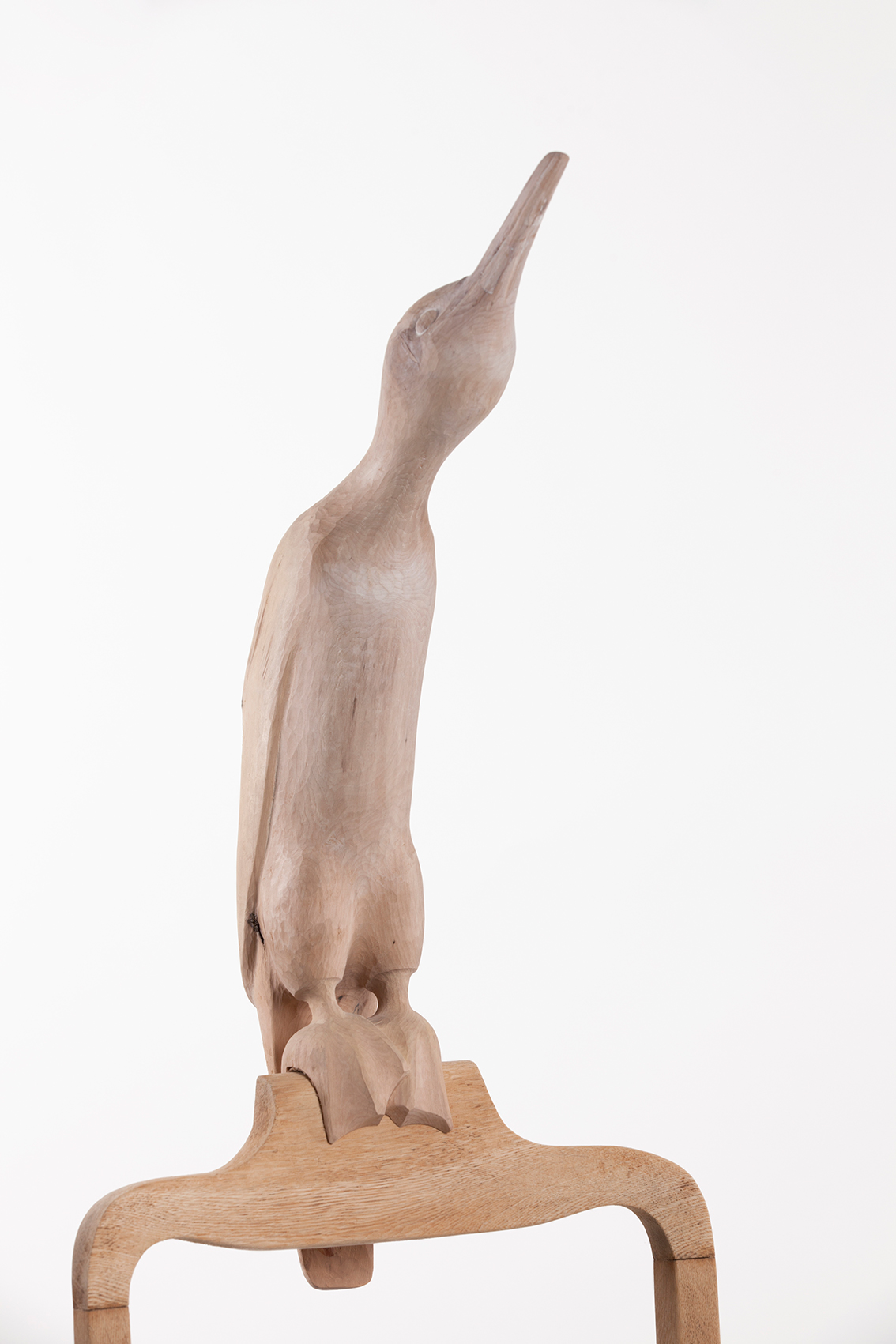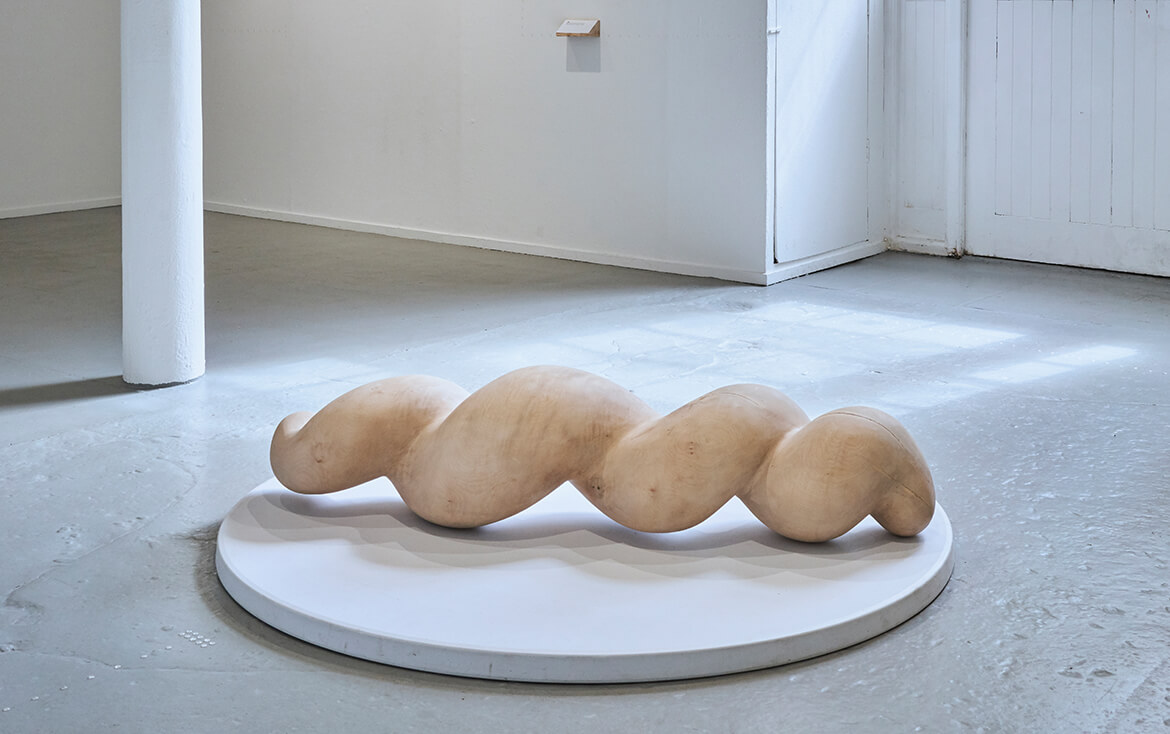Upcoming Courses
UK: Follow the grain woodcarving summer school at Edinburgh Sculpture Workshop, 16-19 July, Scotland
NL: Houten Schalen Snijden/Wood carving basics , 1-3 Aug, Beeldhouwwinkel Den Haag
NL: Zomerfort Houtsnijden, 8-9 Aug, Fort Ruigenhoek Utrecht
NL: Van tak tot sculptuur / Small Scale Sculpture, 7 Sept, Beeldhouwwinkel Zutphen
NL: Mini Workshop Houten Vogel Snijden, Zoetermeer, in autumn. Please send an email for more information.
NL: Carving evening classes at X TU-Delft, The Netherlands (next one starting 11 Sept)
I am a sculptor exploring the relationship between culture and form.
My practice lies in the tradition of wood-carving. My work is about life – a response, an exploration, an inquiry. I work with local wood and I am interested in how people engage with the vegetation that grows around them.
Cultures and their traditions inspire me the most. I believe that traditions in making as well as traditions grounded in contemplation or other wisdom practices are the elements that hold people together and weave cultures into a bigger tapestry. Now living in Europe, with family in West-Africa and having studied in Japan, these are the threads that I see are most visible in my work.
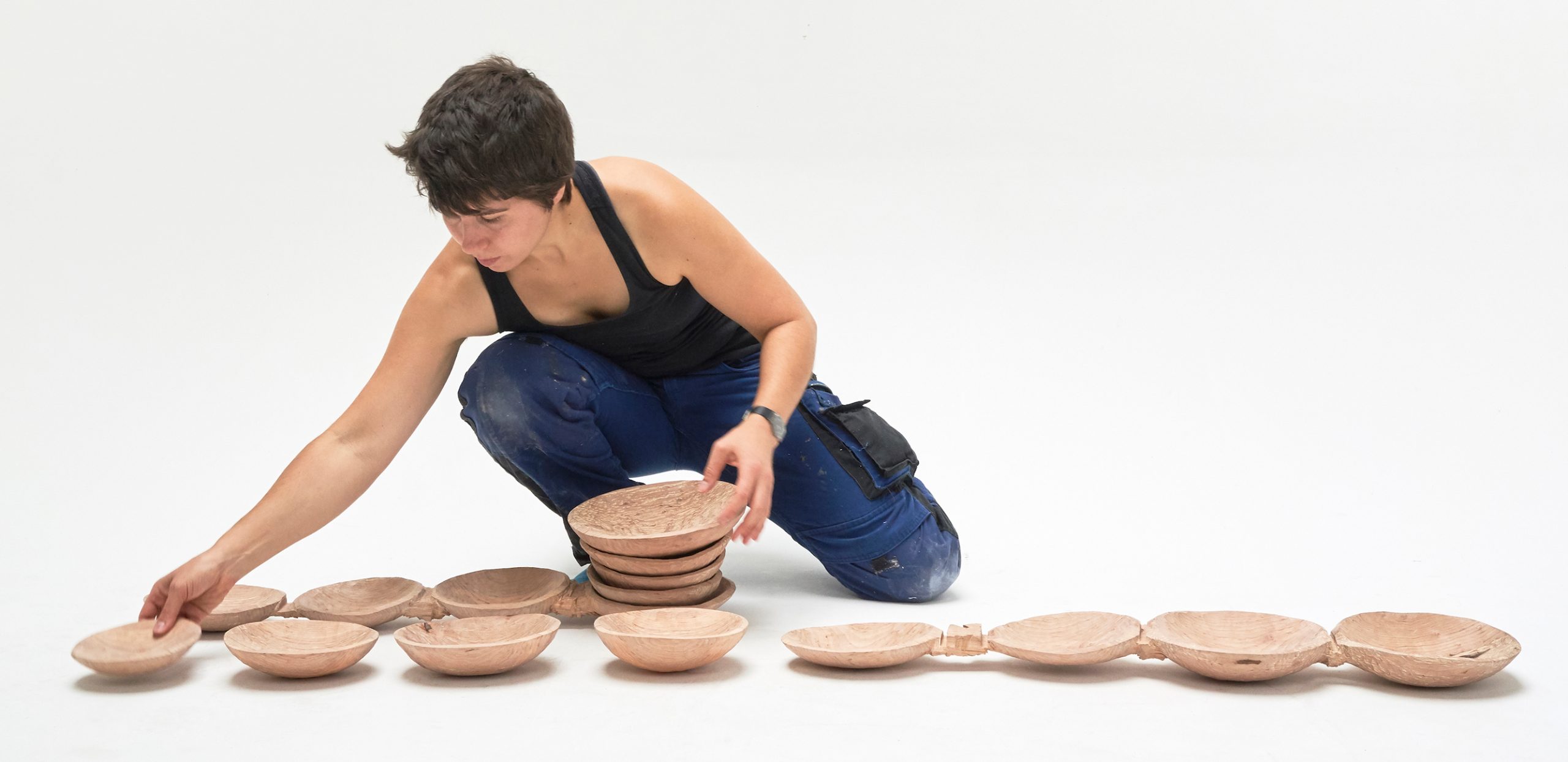
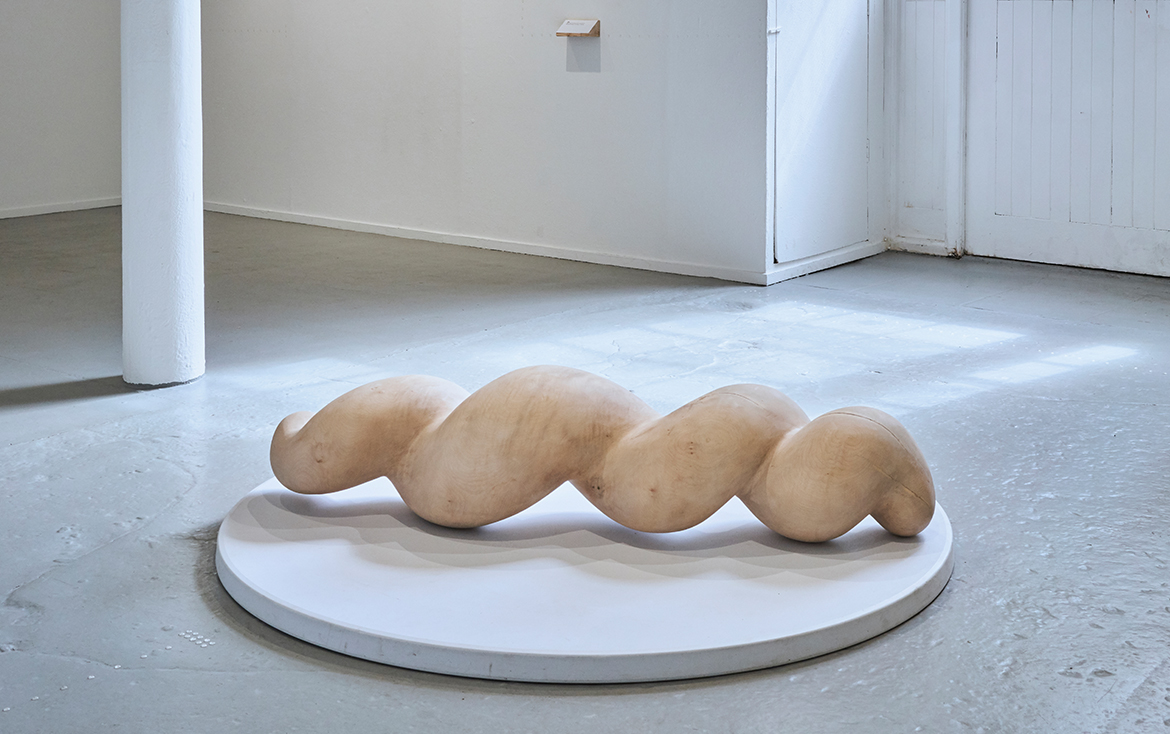
Are there carving tools you can recommend?
For my teaching I am supported by the renowned Austrian tool manufacturer Stubai. Otherwise, I have a great mix of tools from the various countries in which I have worked. I do have my favourites, but these might be down to personal choice and always relate to the specific project. Please come and visit me in my studio in Delft (NL) to have a hands on chat and, perhaps, a cup of tea, for a more detailed answer.Are you excited about digital technology?
Whilst these tools are exciting and I do explore them on occasions my approach to form happens through my physical engagement with the material. Wood responds best to hand tools, so you will mostly find me working with them in the ‘old fashioned way’.How did you come to work with blind and partially sighted audiences?
I keep watching people being drawn to touch my work. Sometimes people’s hands land on pieces without considering the exhibition context of ‘do not touch artwork’. I know through my own process of making that hands can see things differently from the eye: the body’s tactile relationship to form seems to be more of an immediate dialogue. I ensure, as best I can, that my exhibitions are set up in a way that people are invited to touch work. I naturally extend this invitation out to blind and partially sighted audiences. For more on In Touch Tours please see my CV.How did you get into sculpture and working with wood?
I have liked working with material and being outside up on trees from early in my life, but always thought I would become a painter. It was the colours and lines in paintings that held my gaze. At Art University I was very fortunate to have incredible teachers in both the Art and the Design departments who supported me in bringing my aspirations and skills together. At that time, I also met a stone carver who inspired me to be brave enough to pick up a gouge. Despite the unknown, working on my first carved piece felt like home.Q&A
What is your favourite wood?
My first choice is always to work with locally grown, sustainably sourced and non-endangered species. If I had to name one tree it would probably be Wych Elm, it has a lot of character in the way that it grows. It has streaks of green when fresh, warm brown hues otherwise, and it dries well. This was also the first piece of wood I picked up – more by chance than anything else, just after finishing Art University. So it marks a special time in my life.Do you prefer working with abstraction or figuratively?
I go through phases and I have also made works that combine both. Personally, I do not like to make a strong distinction between one or the other.Where do you get your wood from?
I keep my eyes open, talk with people and have been very lucky to be offered wonderful woods to work with. It helps that trees grow in most places so wood is more readily available than many other materials sculptors turn to.Do you do site specific work?
Yes. I particularly enjoy opportunities where I get to work with trees on the land they grew on. See In Hortō Sum, a site-specific sculpture for Scottish Sculpture Park Caol Ruadh.Is your work for sale?
Yes. Most of the pieces on this website are for sale. You are most welcome to get in touch for inquiries.Do you take commissions?
Yes. A recent commission involved working with a much loved but dying tree in someone’s garden. After getting to know the type of tree and the owners, I created a sculpture that has a place in their living room. See No Enemies.Do you do commercial work?
Yes, as far as these can be reconciled with the time for my artistic work. I enjoy any project involving wood and have done bespoke furniture carving projects as well as simple restorations.Do you teach?
Yes. These are always enriching times when I get to go out to share and exchange ideas. I enjoy working with students one-to-one and have broad experience teaching groups in more formal art-educational settings. Further information is provided in my CV. Enquiries welcome.